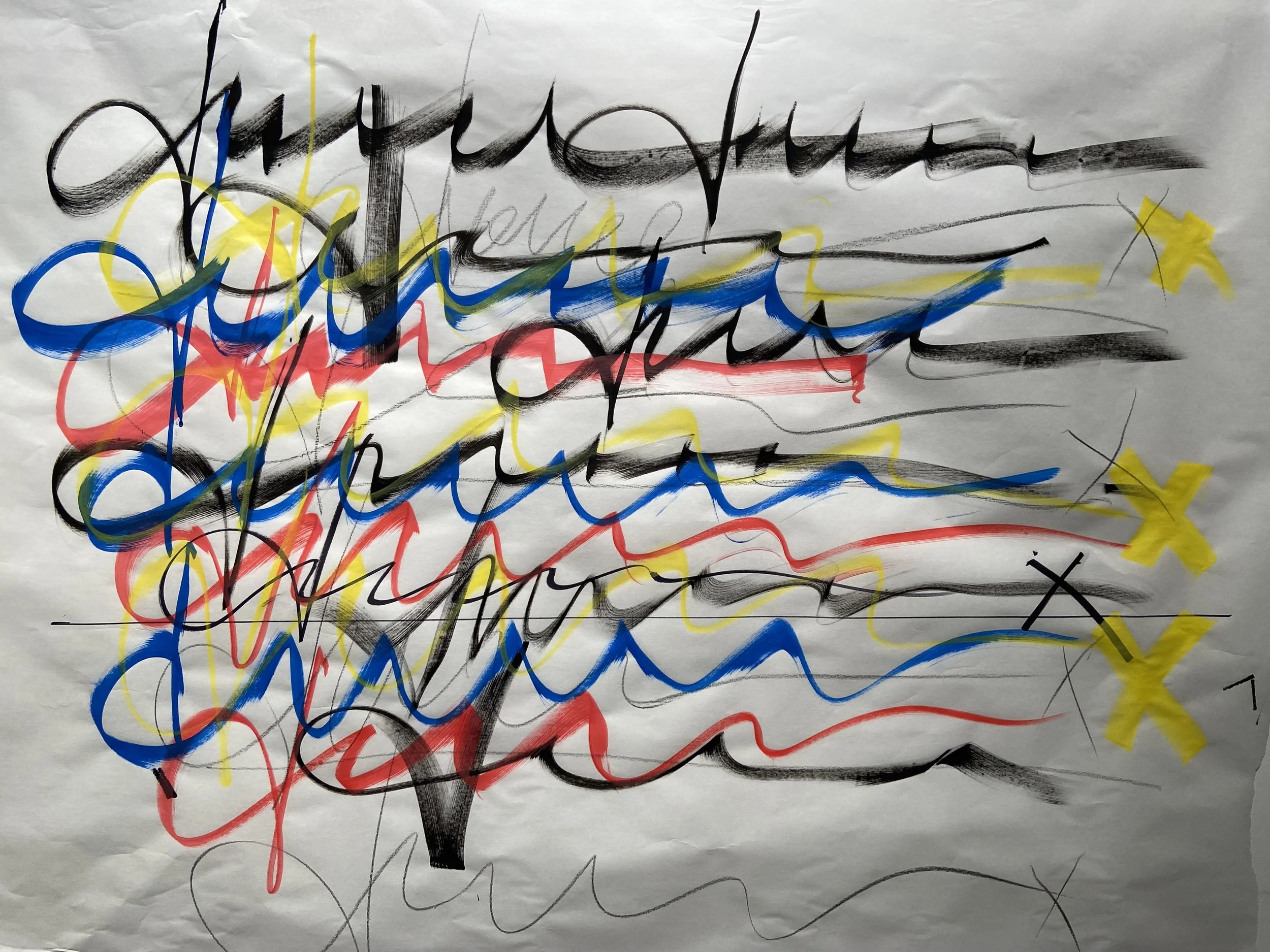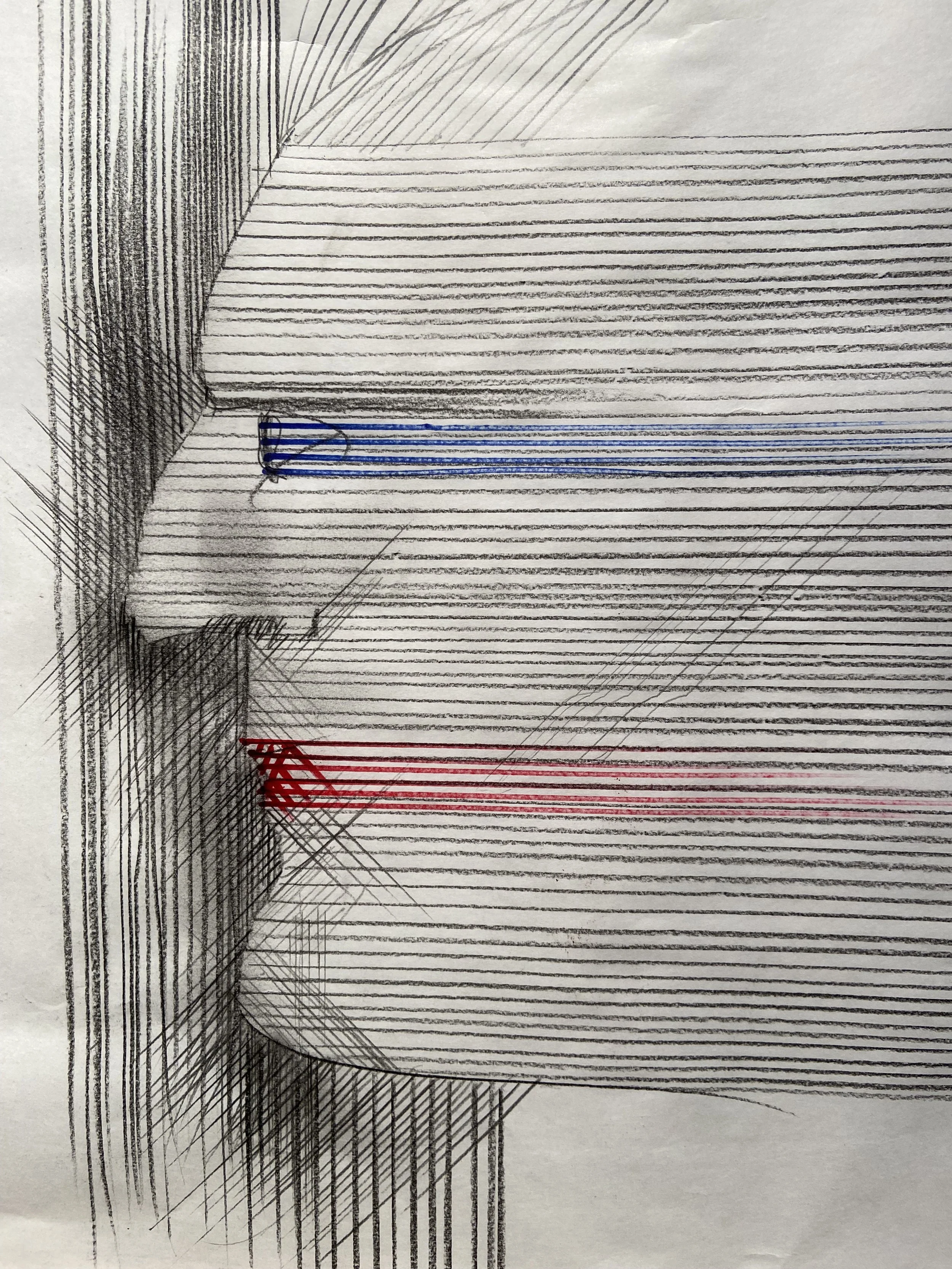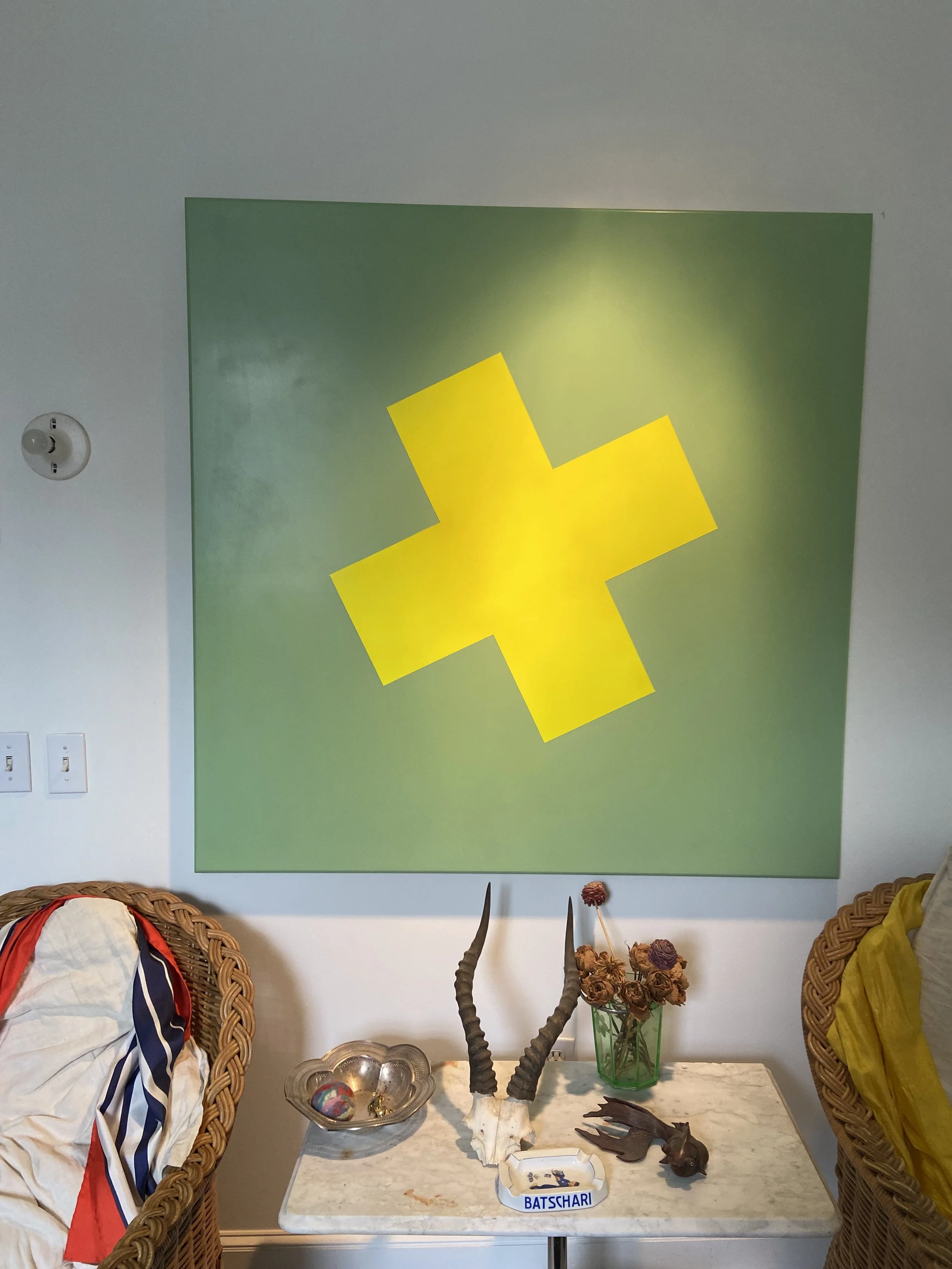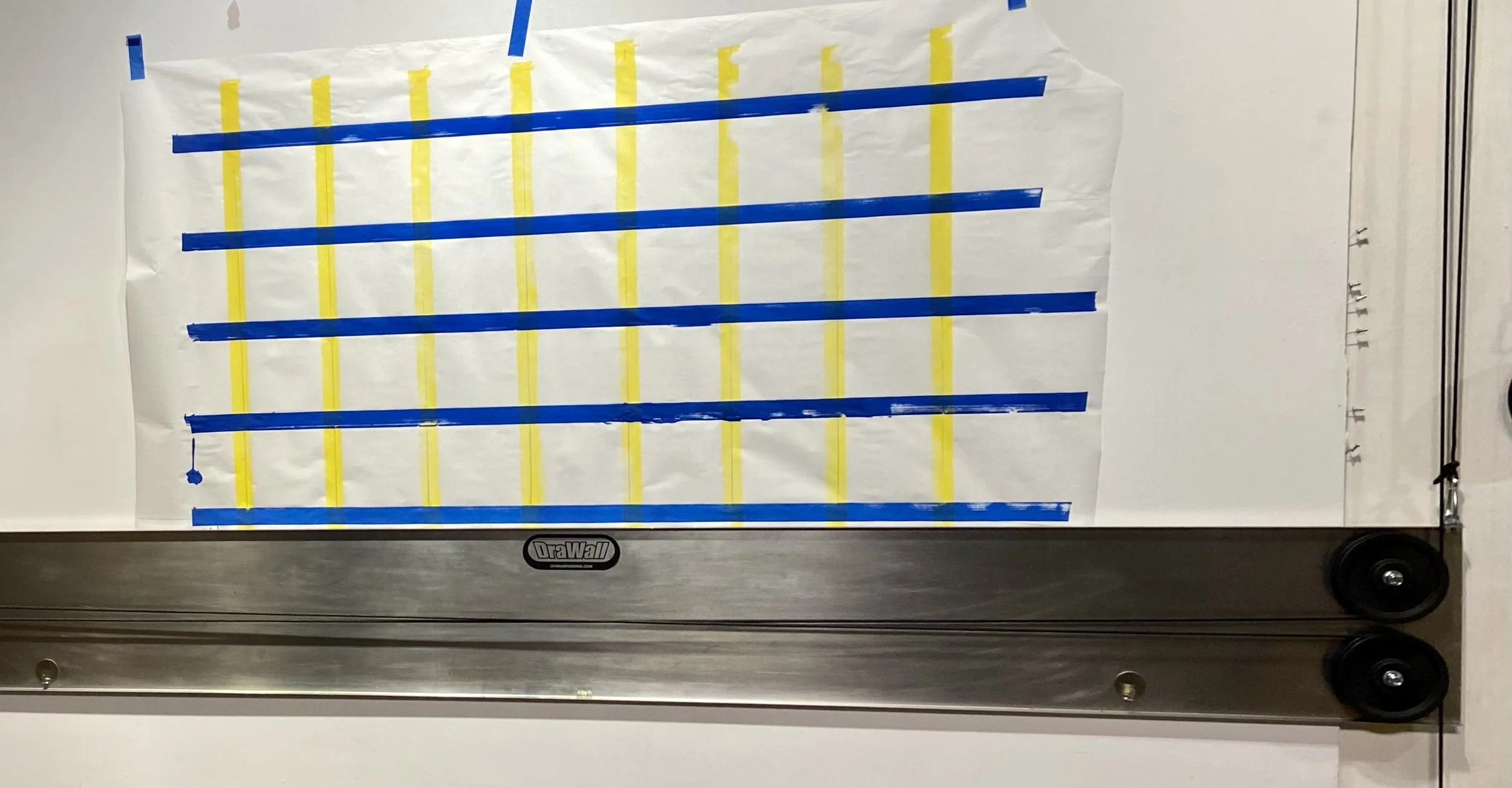Interview
Leonardo Sideri
Born in Mt Vernon, NY, Leonardo Sideri has lived in Hudson, NY since 1998, and prior to that, he lived in New York City for 30 years. His design life started in the late 60’s, 5 years with Skidmore Owings & Merrill in New York City and San Francisco. It formed the foundation for his interest in architecture and interiors. Leonardo spent his time in NYC working on interior architecture and interior design projects. He has a degree in Industrial Design. Loenardo has an eclectic, curious interest in everything related to the arts and invention. His design intelligence has carried him through his adult life.
Leonardo has also designed and built one-of-a-kind industrial components for artists and photographers to further their craft. In 1982, he received a patent for a security product, commercially known as, ‘Keysure’ recognized for simplicity and uniqueness. It has allowed him to pursue his restless design instincts, as a design dabbler. In, 1997 Leonardo co-invented a photo processor with TW. He is a hands-on builder, if he can draw it, he can build it! The past 25 years, Leonardo has pursued renovations of various properties he owned in Hudson. His last renovation was designed as an ‘Art installation’, with his brand of whimsy, with him as the client, designer, and builder. Leonardo changed the DNA of a modest working class house, it kept him fit. Prior to 2018, he never had a website nor did he refer to himself as an artist. His art is an evolving theme, which is a logical evolution away from the rigors of building, ‘aging out’, so to speak. In 2013, seeing a Sol Lewitt installation at the DIA influenced him to start drawing, thus his modest body of work. No longer, is he interested in working with clients as a Drawall but he will consult. Leonardo continues creating on his own terms, which brings him to his latest endeavor, Drawall. Drawall is a drawing ‘tool’ he invented in the 1990s, which he didn’t actively start using until 10 years ago. It occurred to him recently that he has a novel drawing ‘tool’. Drawall is his art, at the moment and he is offering it to the world. He is committed to making a limited edition, 10 are ready to ship. The others will be produced as orders are received. Mechanical drawing is an art form unto itself. Drawall may spawn a new ‘genre’ of art.
What is your background and how did you start your journey in the art world?
“The only degree I have is in Industrial Design, so I’m a designer that’s spent most of my time in Architecture and Interior Design in one form or another. Then (CAD) Compute Aided Design entered the design scene. Draftsmen were replaced by CAD jockeys. Drafting by hand was exiled to the few that are still drawing by hand. An ART lasting hundreds of years was completely abandoned. What most don’t get about about mechanical drawing. The basics exist for everyone as its taught. Every draftsman had a style within the context. Composition, arranging the page, the amount of information conveyed, it all had to be taken into consideration before starting. No one ever had a show devoted to architectural drawings / mechanical drawing. It was never considered art.
Prior to CAD, we drew and I’m still drawing which brings me to a device I created back in the 1980s while living in Soho, NYC, that I now call Drawall, for creating large format drawings. So, I created a novel analogue device when the world was going tech and never had any great inspiration for using it. My life got complicated and I left NY in 1998. Drawall got packed up and wasn’t set up again until 2013, all the while I was drafting conventionally for the work I was doing. In 2013, at age 75, at the DIA Museum, I saw the Sol Lewitt instillation, walls floor to ceiling filled with pencil lines, which became the inspiration for me to start drawing seriously. Pencil on paper became my medium, in the process I became obsessed with X as a symbol and developed an X theme but not limiting myself to pencil and paper. I started calling myself an artist after turning out a bunch of work that satisfied me. I consider it all an experiment. Then it occurred to me that I have this great drawing device, why can’t this become a new medium, a genre so to speak. I consider anything offered to the art world a ‘big deal.’ Reviving ‘mechanical drawing’ as an art form. Pencil on paper, draftsmanship. ‘Blue prints’ mechanical drawings are a language most people don’t understand, requires a trained eye to deceiver. What most people don’t know about aging is you better have something that occupies your time when your past 75, Drawall became my interest. At 87, I’ve overcome a few health issues and I’m making a final effort to get others interested. I’m offering any serious art institution Drawall free if they’ll give it a try.”
What inspires you?
“‘Everything and nothing’ is the short philosophical answer. I took inspiration from Sol Lewitt as a catalyst for change and inspiration. The simplicity in everything he did with drawings and specifications, brilliantly getting other artists to execute his installations all over the world, a guy with a good idea, a draftsman. For a period Lewitt was a draftsman for IM Pei. His draftsman skills used to build structures served in his execution of his work. He offered drawings and specifications, just like any good architect would to build a building. In his case, drawings and specs were used to build an art installation. Good ideas and good conversation are always in short supply.”
What themes do you pursue? Is there an underlying message in your work?
“In a word ‘simplicity.’ X is a theme I’ve developed that most don’t understand, a ‘little thing.’ Anyone that’s ever signed a contract see the ever presence of X on the dotted line. X is ubiquitous, one of the most powerful letters in the alphabet. From math to maps, and from voting to kissing, no other letter can be used in so many different ways and mean so many different things. The X used to validate the illiterate and in a way aren’t we all X’s. Its man reduced to a form with all the pretense stripped away. It also illustrates the scourge of ‘loneliness’ present in the world today. “Man Alone” my single piece illustrates this, in its simplest form. It’s a playful symbol with infinite possibilities.”
How would you describe your work?
“Neither abstract or representational. Mechanical, planed like an architect plans a building. I mechanically draw a small version of an idea at a smaller scale before I ‘upscale’ it to a larger version on the wall. This is all invention as I go. I’ve had to find new large surfaces to draw on, since paper paper rolls and are hard to store. I try to keep everything light weight and easy to store. As a designer I’m designing the process as I go. I use pastel or spray paint to color backgrounds and through in a bit of collage, when needed. I’ve recently discover ‘glitter’ as an interesting medium for primitive stuff I do. Foils interest me too.”
Which artists influence you most?
“As I’ve already mentioned Sol Lewitt and his unconventional form of art. I’ve always been fascinated with Rothko. His complicated simplicity and as a sensitive tortured soul. Hopper for his sensitivity. Every so often, I’m ‘knocked out’ by an unknown. Lots of good painters out there, why compete with them. I like a lot of unschooled primitive painters. Mother Moses, a prolific painter at 1500 works.”
“I mechanically draw a small version of an idea at a smaller scale before I ‘upscale’ it to a larger version on the wall. This is all invention as I go.”
What is your creative process like?
“Avoidance pretty much. Too many possibilities makes it difficult to start, once committed I’m fine. Perfectionism gets in the way of the process. I’ve come to this idea of being an artist, late in the game. Currently, over coming some health issues has slowed me down quite bit, art requires energy.”
What is an artist’s role in society and how do you see that evolving?
“This is a hard one. What comes to mind, the collective ‘depression art’ that was supported by the government during the great depression that spawned quite a few great artist & photographers. Seems ‘protest art’ will fit quite well for the times we’re living in. The art world seems to be in turmoil at the moment, so I’ve read. Tech has diluted most art forms. Now everyone is a photographer.”
Website: leonardosideri.com
Instagram: @LEONARDOSIDERI























